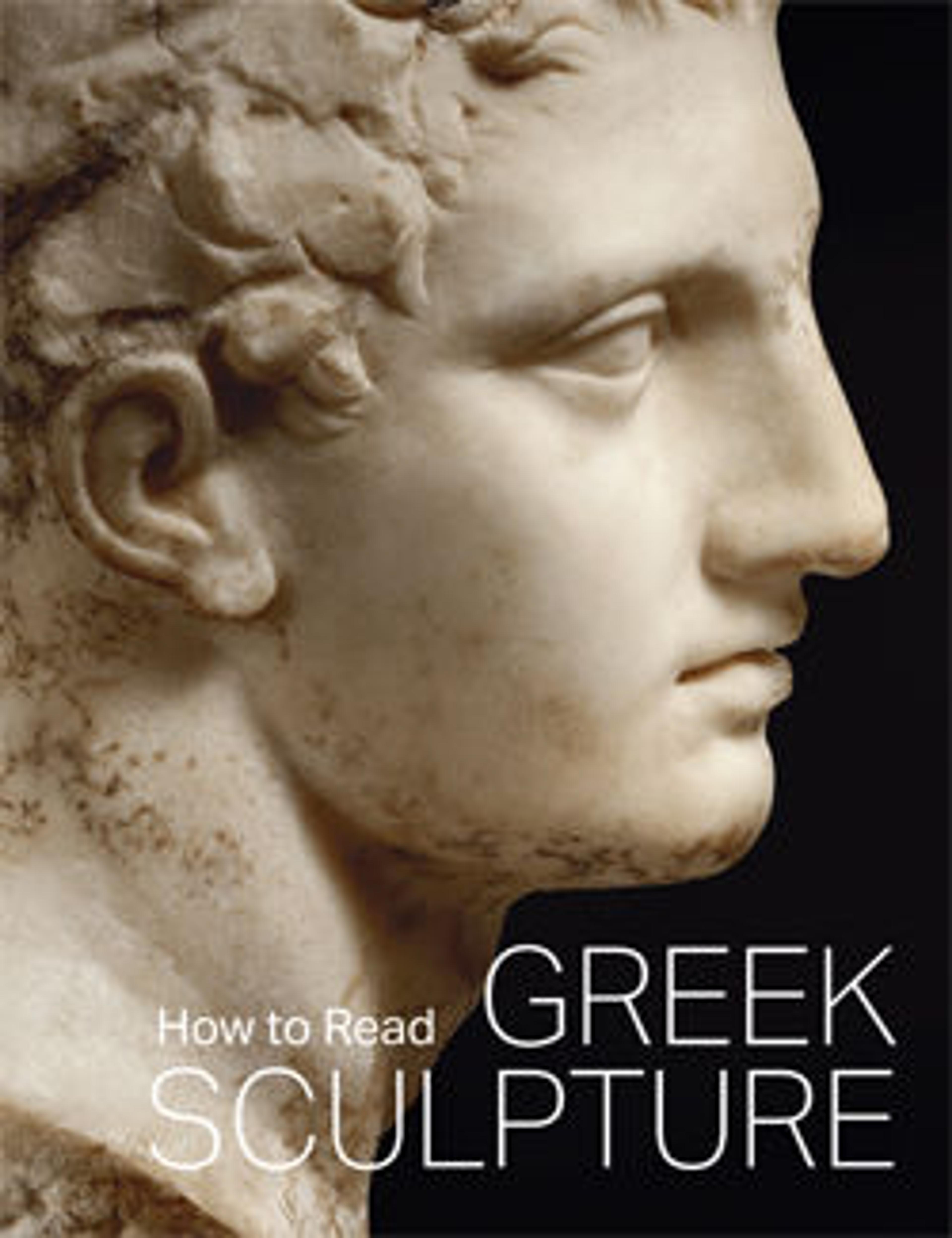Marble akroterion
Restored: ends of all but one palmette leaf, parts of the volutes
Both faces of the akroterion are carved. The front is decorated in relief with a double palmette, its stems rising in the form of spiral tendrils from a bed of acanthus leaves; the flower at the top once had a painted stem. A similar decoration on the back was left unfinished.
Both faces of the akroterion are carved. The front is decorated in relief with a double palmette, its stems rising in the form of spiral tendrils from a bed of acanthus leaves; the flower at the top once had a painted stem. A similar decoration on the back was left unfinished.
Artwork Details
- Title:Marble akroterion
- Period:Classical
- Date:ca. 350–325 BCE
- Culture:Greek, Attic
- Medium:Marble
- Dimensions:H. through center 4 1/8 in. (10.5 cm)
greatest width as restored 28 3/4 in. (73 cm) - Classification:Stone Sculpture
- Credit Line:Rogers Fund, 1920
- Object Number:20.198
- Curatorial Department: Greek and Roman Art
More Artwork
Research Resources
The Met provides unparalleled resources for research and welcomes an international community of students and scholars. The Met's Open Access API is where creators and researchers can connect to the The Met collection. Open Access data and public domain images are available for unrestricted commercial and noncommercial use without permission or fee.
To request images under copyright and other restrictions, please use this Image Request form.
Feedback
We continue to research and examine historical and cultural context for objects in The Met collection. If you have comments or questions about this object record, please contact us using the form below. The Museum looks forward to receiving your comments.
